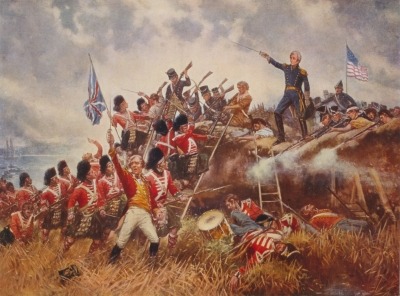#winnie foster
“the wheel - finale” from tuck everlasting:
 ALT
ALTme, watching it in bed at 3 in the morning:
 ALT
ALTA little while ago, @luluthecatprincess requested that I explore the differences between the social, political, and cultural situations in Europe in 1808 (the Tuck’s original time) and in 1893 (Winnie Foster’s original time). Thank you so much for being patient with me as I collected and organized my sources to write this frankly massive post, and thank you so much for your help in providing me with some of those sources! I hope you (and everyone else) enjoys this.
In 1808, Europe was in the midst of what is now commonly known as the Regency period (often called the Federalist period in the US). In England this particular period is also often called the Georgian period, due to the fact that King George III was on the throne (although not for much longer- his son George IV became regent in 1811 due to his suffering from mental illness and he eventually died in 1820).
This period was characterized by relative simplicity in terms of fashion, as well as a desire for the natural among affluent members of society. It was also a time of great artistic achievements, however, as several famous composers, artists, and authors were in their heyday. Beethoven was probably the most famous composer of the time, but many others including Franz Xaver Wolfgang Mozart (Wolfgang Amadeus Mozart’s son) were prolific in their writing and publishing of music. As for painters, Joseph Mallord William Turner and Marguerite Gérard were two who had met with great success by 1808. Famous authors included Ann Radcliffe, Maria Edgeworth, and Samuel Richardson. Jane Austen would come along a few years later, publishing her first book (Sense and Sensibility) in 1811.
Despite all this, however, much of Europe was in the midst of turmoil. The Napoleonic wars were raging, and England had only just outlawed the slave trade in 1807. Meanwhile, in Russia Tsar Paul I (son of Catherine the Great) had been assassinated in 1801 (as an interesting side note, the capital of Russia in the early 19th century was St. Petersburg and not Moscow).
The Regency/Georgian/Federalist period was a time of great political upheaval in Europe, and much of that bled over into the new United States and would have directly affected the Tucks. The War of 1812 was a direct result of both the Napoleonic wars as well as England’s kidnapping of American sailors and forcing them to work on British ships, and it eventually led to British troops storming Washington DC in August of 1814 and burning most of it (including the White House) to the ground. Miles, Jesse, or Angus might have indeed fought in the war, and it certainly would have been a defining moment of this period for them regardless.

In the decades following the Tucks becoming immortal many, many things happened in both Europe and the United States. Most prominently, the industrial revolution swept across both Europe and the United States, turning what had been primarily agrarian (farming) communities into more urban, industrial societies. This is clearly visible when looking at the populations of the largest cities in Europe in 1808 and comparing them with the populations of the largest cities in Europe in 1893.


Factories were a major contributing factor to the rapid industrialization taking place all over the world (but particularly in Europe and the United States), and Jesse or Miles probably would have likely worked in one for at least a little while in order to make money while traveling the world.
The 1890s marked the end of both the Victorian era (Queen Victoria became queen in 1837 and died in 1901) as well as the end of the “Gilded Age”. The decadence and opulence favored by the upper classes during this time stands in stark contrast to the relative simplicity of the Regency era, although the two periods did have similarities in that major social reforms and political upheaval occurred during both. Striking workers pushed for labor reforms not only in the United States but also in much of Europe, growing resentment among the people of Russia (who in 1893 were under the rule of Tsar Alexander III, although he would die in 1894 leaving the throne to his son, the now-infamous Tsar Nicholas II) would eventually lead to revolution in 1917, and the first entrance of the US onto the world stage caused tension which would eventually lead to the Spanish-American War in 1898.
Despite this (or perhaps because of it) much like in the early 19th century the fine arts were alive and well in the late 19th century. Composers like Gustav Mahler, Richard Strauss, and Pyotr Ilyich Tchaikovsky (who died in 1893) produced famous songs still well-known today, artists like Claude Monet, Edgar Degas, and Vincent Van Gogh (just to name a few) created many of their most famous paintings, and authors like Leo Tolstoy, Oscar Wilde, and Louisa May Alcott (who died in 1888) wrote classics which are still widely read and enjoyed today.
We can only imagine what it must feel like to live through all that the Tucks had lived through by the time they met Winnie Foster, and what it must have felt like to live on after her. Certainly, their immortality was a curse, but they lived through one of the most interesting periods in history and I, for one, find that to be extremely compelling to think about.
Sources:
https://www.youtube.com/watch?v=FJi5LcWpznw&t=735s
https://www.artsy.net/gene/late-19th-century
